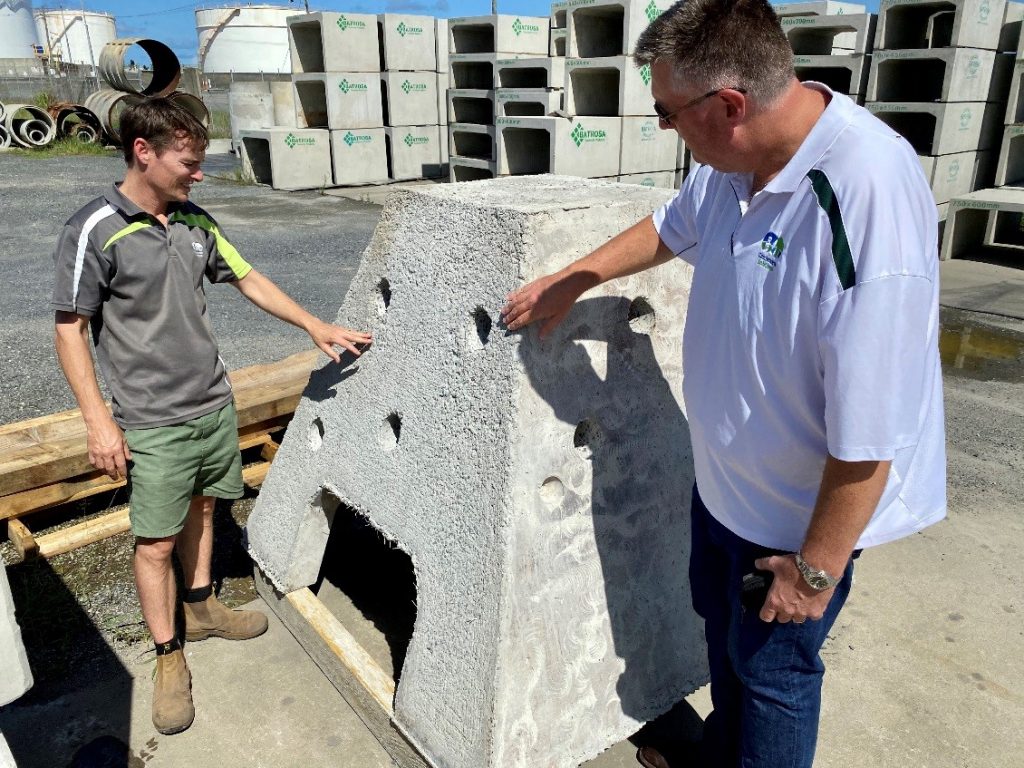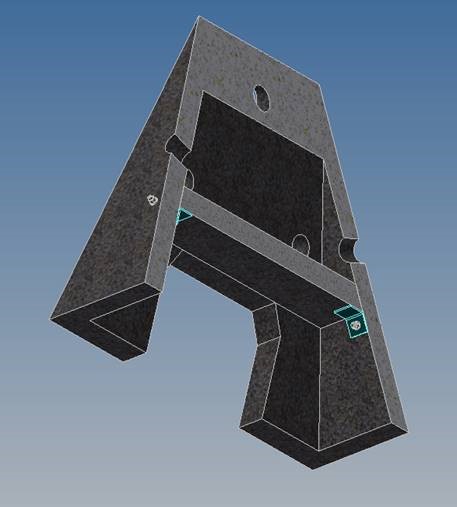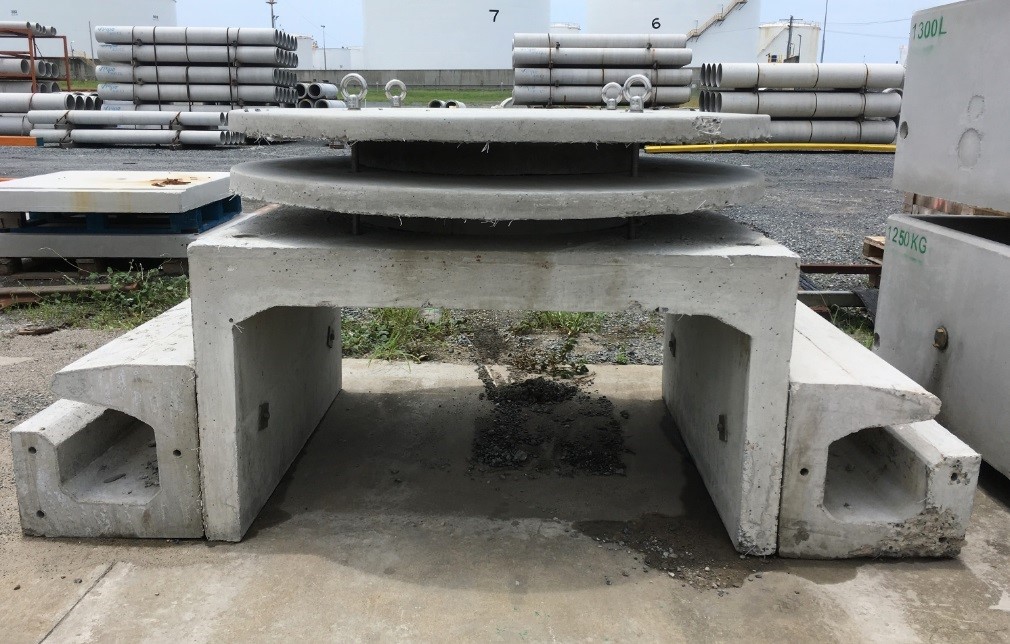 Recreational fishers right along the Queensland coastline are fortunate to have access to a wide variety of fishing infrastructure such as jetties and platforms to wet a line. Many of these fishing structures are easy to access and are well utilised by a wide range of community members, including: kids, the elderly, families, people with disabilities, visitors and tourists all eager to catch a few fish. Often, these fishing platforms are quite elaborate and cost millions of dollars to construct. However, the construction of a fishing platform doesn’t automatically mean anglers are going to catch fish. As fishers, we know that many iconic recreationally targeted species such as barramundi, mangrove jack, fingermark and jewfish are generally located on or in close proximity to complex habitats e.g. log jams, mangrove roots, rock bars and gravel patches. They utilise these habitats as hunting grounds, as refuges; to evade even larger predators and for saving valuable energy reserves by avoiding strong currents. Unfortunately, it appears all too often during the fishing platform design process that the obvious question is not asked ‘Is there suitable fish attracting habitat at this location for anglers to catch fish’. Or another way to put it: if you owned a boat, would you anchor it at this location to go fishing? Instead, located at the base of many fishing platforms are expanses of sand, or if you are lucky, a little bit of sandy gravel – hardly the type of habitat that will attract and hold iconic fish in the location.
Recreational fishers right along the Queensland coastline are fortunate to have access to a wide variety of fishing infrastructure such as jetties and platforms to wet a line. Many of these fishing structures are easy to access and are well utilised by a wide range of community members, including: kids, the elderly, families, people with disabilities, visitors and tourists all eager to catch a few fish. Often, these fishing platforms are quite elaborate and cost millions of dollars to construct. However, the construction of a fishing platform doesn’t automatically mean anglers are going to catch fish. As fishers, we know that many iconic recreationally targeted species such as barramundi, mangrove jack, fingermark and jewfish are generally located on or in close proximity to complex habitats e.g. log jams, mangrove roots, rock bars and gravel patches. They utilise these habitats as hunting grounds, as refuges; to evade even larger predators and for saving valuable energy reserves by avoiding strong currents. Unfortunately, it appears all too often during the fishing platform design process that the obvious question is not asked ‘Is there suitable fish attracting habitat at this location for anglers to catch fish’. Or another way to put it: if you owned a boat, would you anchor it at this location to go fishing? Instead, located at the base of many fishing platforms are expanses of sand, or if you are lucky, a little bit of sandy gravel – hardly the type of habitat that will attract and hold iconic fish in the location.
A novel solution to this problem is the installation of complex habitat. One option is to introduce logs with intact root balls and intact branches, these provide ideal habitat for bait fish and predators a-like. However, their life-span in harsh marine environments is short lived. Concrete on the other hand, is capable of lasting decades in marine waters and has the added advantage of being partly composed of calcium carbonate; the building blocks of natural coral reefs. Concrete is also heavy, readily available, relatively inexpensive and quite easy to pour into specific shapes. These attributes make concrete an ideal material to construct Habitat Reef modules, also known as artificial reefs. You will note that we call the ‘modules’ Habitat Reefs and not artificial reefs, which was the term used in the past when describing the many objects of ‘opportunity’ deployed into the briny to improve fishing opportunities, such as: tyres, old boats, ships and steel. Some of these worked well, while others fit the definition of pollution.
With no ‘off the shelf’ Habitat Reef modules available along the east-coast of Australia, Fisheries Ecologists at Catchment Solutions and Mackay Regional Council in partnership with fishers, divers and fish biologists set about designing two different Habitat Reef modules suited to tidal waterways, estuaries and coastal marine environments in tropical and sub-tropical regions. The aims were to attract and provide habitat for desirable fish species, while also providing suitable surfaces for the colonisation of encrusting sessile marine organisms, such as hard and soft corals, bivalves (e.g. oysters) and polychaetes. In other words, we want the Habitat Reefs to be unrecognisable from their initial appearance as quickly as possible and provide the myriad of additional ecosystem benefits of natural reefs.
Improved Settlement Surfaces
The design process for these new Habitat Reef modules has utilised a wide range of innovative science and technology developed around the world primarily by coral reef restoration practitioners. We have incorporated findings of improved settlement surface trials to maximise settlement rates of marine invertebrates. This is to ensure the Habitat Reefs are able attract colonising sessile marine organisms, such as corals and oysters. Improved settlement surfaces include attributes such as surface roughening, small grooves, underhangs, and as many nooks and crannies as possible. For instance, colonising coral polyps seek out suitable hard substrate to settle on after their planktonic phase. After all, they only get one chance at selecting the right home (surface), and if that home already has an abundance of algae, seaweed or excess sediment, then it knows it will be out competed for resources (food and light).. It goes without saying, but a living reef comprising a diverse range of marine life is going to provide better habitat and attract a wider range of fish species.
Attract Iconic Fish Species
Front and centre was the ability of the Habitat Reefs to attract and provide habitat for iconic fish species. So instead of fishing off a jetty and catching a few toadies or undersize bream, fishers have the chance to tangle with a chrome sided barramundi, or meter long jewfish. For these species, the provision of caves, ledges and overhangs have been incorporated. Notably, the caves are open on both sides of the Habitat Reef modules and will be aligned with the prevailing currents and tides to promote flushing and scour. Other parts of the Reef modules provide areas protected from currents.
Increase Fisheries Resources
Unlike other fish habitat modules used around the word, these Habitat Reef modules have been designed to increase fisheries resources by providing specific habitats for juvenile fish species. This has been achieved through the incorporation of internal chambers, only accessible through small holes (80-100 mm). This allows juvenile fish species refuge from predators. Although this sounds like a very basic concept, fish stocks throughout Queensland can be increased by simply providing suitable fish habitat for juvenile fish species during this most vulnerable life-stage. Provision and access to suitable habitat increases their chance of survival, reaching maturity and contributing to future generations. This means more fish for everyone.
Habitat Reef Design Features
Other design considerations pertinent to the useability and deployment of Habitat Reefs has included: incorporating a large footprint in contact with the substrate to increase stability and reduce subsidence (sinking in the sand), heavy enough to withstand floods (this required hydraulic flood modelling), weighing less than 3 t (so they can be lifted and deployed by a barge mounted Hiab or crane), use of fibre-re-enforcing instead of steel to increase longevity in marine waters. Depending on Reef deployment locations, approvals will be required from either the State or Federal Government. This process can be quite time consuming and requires the Habitat Reefs to be signed off by an RPEQ engineer for durability and deployment (fixing points) and hydraulic flood modelling undertaken by a coastal engineer to demonstrate they will not move in a flood. Fortunately, these Habitat Reef modules have acquired these requirements, including a Development Approval to deploy multiple Reef Sets (1 x Ledge and Cave in the center and 4 x Pyramid modules around the outside) at the base of easily accessible fishing platforms in Central QLD. Watch this space.
Pyramid Habitat Reef
- Constructed by pouring fibre-reinforced concrete into a purpose built steel mould
- Two separate chambers; larger cave located at the bottom to attract iconic apex predators and a top chamber for juvenile and small bodied fish species only (accessible via small 80 mm holes).
- Roughened exterior including small grooves and under hangs to improve the settlement surface for marine growth e.g. hard and soft corals, oysters etc.
- Pyramid shape – larger footprint and more weight at the bottom to reduce movement and subsidence
- 1.3 m high x 1.6 wide (at base) – enabling upwelling and attracting baitfish
- Weigh’s 2.5 t
- RPEQ engineering sign-off for construction and deployment (fixing points)
- Hydraulic Modelling undertaken to show no movement during flood/cyclone events.
Ledge & Cave Habitat Reef
- Constructed from pre-fabricated concrete materials to increase surface area and habitat availability.
- Provision of ledges, caves and underhangs to increase structural complexity. Table tops to replicate plate corals.
- Two separate chambers; larger cave located at the bottom to attract iconic apex predators and a top internal chamber for juvenile and small bodied fish species (only accessible via small 80 mm holes).
- Large footprint (road side gully components and box culvert) in contact with the bottom substrate to increase stability and reduce subsidence and movement.
For further information please contact Matt Moore, Fisheries Ecologist at Catchments Solutions: mmoore@catchmentsolutions.com.au





